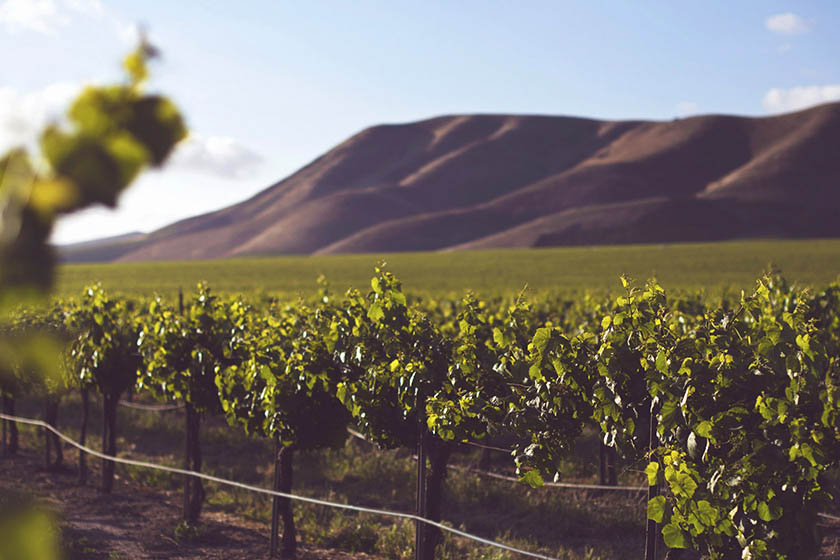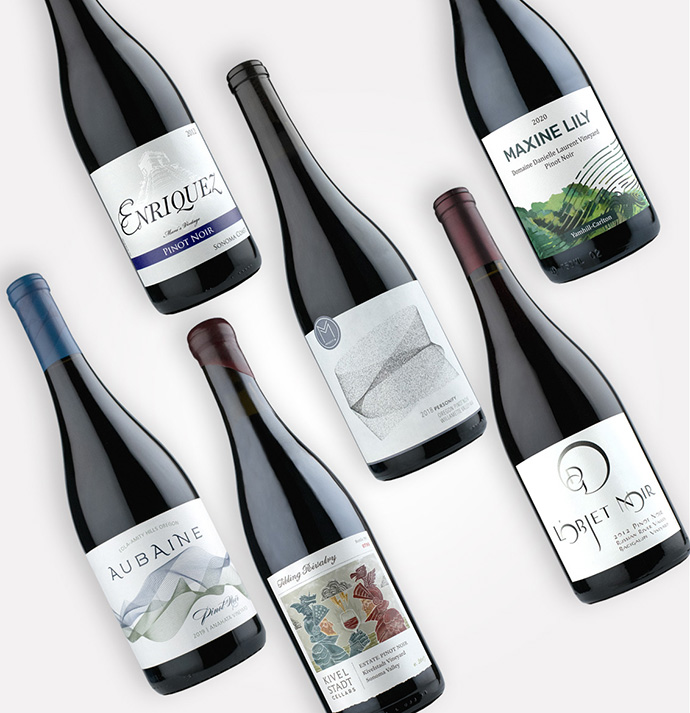How appellations and avas help wine lovers find quality wines
Of the millions of bottles of domestic wines produced each year, some can add AVA information to the label, telling the consumer more about the origin of the grapes and inferring some characteristics of the wine inside the bottle. In the United States, an AVA is an American Viticultural Area defined as “a delimited grape-growing region with specific geographic or climatic features that distinguish it from surrounding regions and affect how grapes are grown.” The benefit is not solely to the consumer as the producer can emphasize unique aspects of their location and the quality of their wines.
Almost every wine-growing area in the world has a system that delimits boundaries and often describes a wines’ quality and characteristics. This quality guarantee extends beyond wine to other unique and locally produced agricultural products, cheeses, and meats in much of the European Union. Such efforts protect product typicity and authenticity, encourage agriculture, and promote a premium price structure.
What does the AOC require?
While AVAs are similar to the Appellation d’Origine Controlee (AOC) standards used in France, there are differences. The AOC system identifies boundaries based on geography, geology, climate, and sometimes historical use.
To use the AOC name, producers must:
1) be inside the AOC
2) use specified grape varieties
3) follow viticultural practices, including yields and fruit ripeness levels
4) follow winemaking procedures (minimum and maximum alcohol)
5) follow aging requirements for vessel and time
There are also rigorous labeling requirements for wines grown inside an AOC, especially those with Premier Cru or Grand Cru designation.
What does the AVA require?
There are no restrictions on which varietals are grown, vineyard practices, or winemaking procedures in an AVA; an area’s unique physical and climatic characters define it. The varietals, vineyard practices, style of wine, wine production, aging, and quality are all at the discretion of the individual winery. While a producer can use the name of an AVA if the grapes are from within, there are no winemaking requirements to ensure the characteristics of the wine from a region and only general labeling rules. However, most winemakers pursue viticultural and winemaking practices that ensure the best wines representing the area’s characters. With that, AVA information can be an essential consideration for consumers looking for quality wines with specific characters.
The US Tax and Trade Bureau (TTB) that manages AVAs’ designation has approved 256 AVAs in 33 states. One hundred forty-two of those are in California and 19 in Washington State. Familiar California AVAs known for Cabernet Sauvignon include Oakville and Howell Mountain. In addition, Los Carneros and the Russian River are known for Pinot Noir. Washington is known for multiple red wines from the Red Mountain AVA and The Rocks AVA sub-region in Walla Walla for its stellar Syrah.






